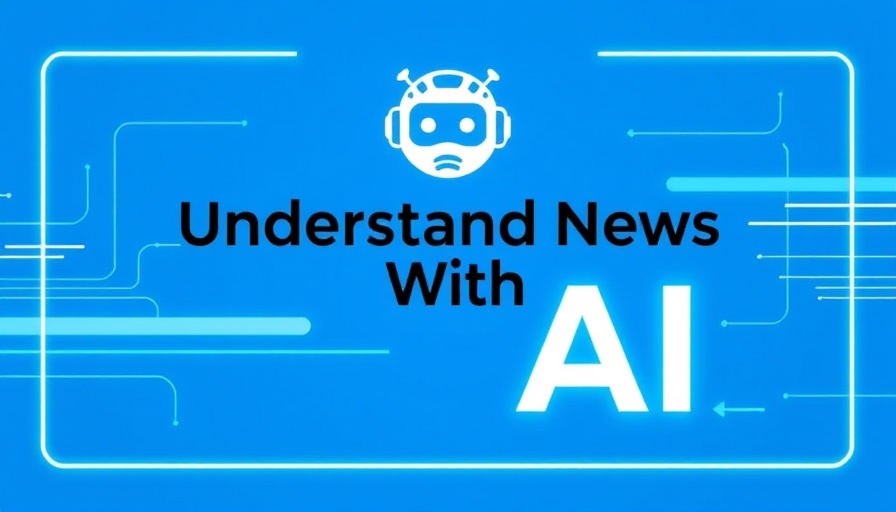
The Impending Financial Shift: Understanding the $124 Trillion Great Wealth Transfer
In a historic transition set to reshape global finances, a staggering $124 trillion is predicted to change hands by 2048—dubbed the 'great wealth transfer.' This monumental shift, largely stemming from Baby Boomers and older generations passing their fortunes to the next one, has significant implications for various demographics. Among these, women stand to gain the most, receiving an estimated total of almost $100 trillion, according to a recent report by the Bank of America Institute.
Why Women Will Lead the Wealth Revolution
The study indicates that $54 trillion of this transfer will go to surviving spouses, with women making up approximately 95% of this group. Moreover, $47 trillion is expected to flow down to younger women in successive generations. This positions women as not just recipients of inherited wealth but as pivotal economic participants who have the potential to reshape consumer markets.
A Shift in Spending Power: The Impact on Women-Centric Markets
As women increasingly inherit wealth, their spending habits are anticipated to evolve dramatically. Bank of America highlights a burgeoning demand for products and services tailored to women, including travel packages specifically designed for female travelers. The growing presence of women in solo travel—making up 85% of this market—suggests that industries should adapt quickly to meet these new consumer needs.
Women in Leadership: A Path to Economic Influence
According to previous research from McKinsey, by 2030, American women are projected to control about two-thirds of all private wealth in the U.S. This demographic shift will significantly affect decision-making across various sectors, encouraging a more extensive representation of women in leadership and innovation. With women's growing financial independence, organizations and businesses are likely to witness greater attention towards sustainability and community-focused initiatives, reflective of female values.
The Road Ahead: Preparing for Financial Success
As this wealth transition unfolds, it’s crucial for women and their families to prepare strategically. Experts advise engaging in early financial planning discussions, understanding tax implications, and ensuring insurance coverage to mitigate any potential downsides during the wealth transfer process. As Carolyn McClanahan, a certified financial planner, states, the safety net provided by this transfer can significantly alleviate economic pressures for women.
Local Business Development: The Opportunities for Entrepreneurs
This shift in wealth provides a unique opportunity for self-employed individuals and entrepreneurs to pitch new business ideas tailored to women. From innovative tech solutions to health and wellness products, understanding the growing influence of women over the next few decades can lead to lucrative prospects in various sectors, including AI innovations and localized business developments in areas like Buffalo and Detroit.
Your Role in the Wealth Transfer: Actions to Consider
The arrival of this financial boom is not just a windfall; it represents a chance for active participation in shaping economic futures. Self-employed individuals should consider the implications of this demographic shift by adapting their strategies to cater to the evolving needs of their customers. Creating products and services that align with women’s interests can not only bolster individual businesses but also contribute to broader economic growth.
Investing in understanding the nuances of this wealth transfer is essential. Entrepreneurs should leverage this unique moment to establish strong foundations for businesses that address emerging trends in consumer behavior, paving the way to long-lasting success.
Conclusion: The Future is Female—Seize the Opportunity!
The great wealth transfer offers not just challenges but incredible opportunities, especially for women poised to helm the economic landscape. As this financial paradigm shifts, it’s vital for entrepreneurs to align with this transition and harness its potential. With emerging trends that emphasize women-centric products and services, the future promises to be rich in opportunity. Dive into this paradigm shift and foster business strategies that capitalize on this wealth transfer—your pathway to success awaits.
 Add Row
Add Row  Add
Add 




Write A Comment